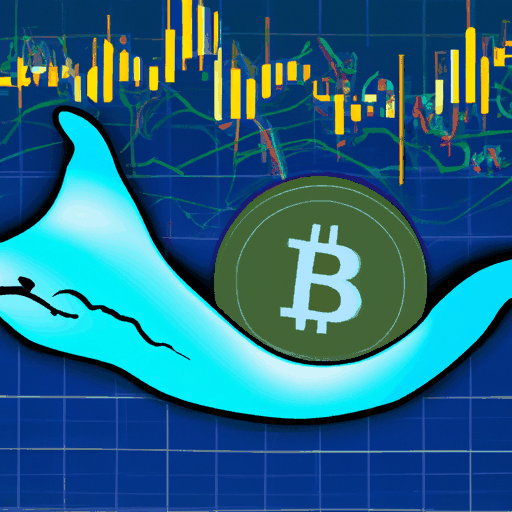
Bitcoin Whales' Massive Sell-Off: Impact on BTC Price Trajectory
By: Eva Baxter
In the past month, a significant shift has been observed in the behavior of Bitcoin whales, marked by a considerable offloading of assets. This movement is characterized by the sale of 147,000 BTC, indicating pivotal changes in the cryptocurrency market. These large-scale investors, known as whales due to their extensive holdings, have disposed of assets amounting to billions, potentially instigating waves of volatility across the market.
The dispensed 147,000 BTC, equating to approximately $16.6 billion, is the most substantial sell-off recorded within this cycle. The actions of these whales, who typically hold over 1,000 BTC each, play a crucial role in shaping the market dynamics due to their influence and the sheer volume of holdings. Observations indicate that this sell-off has led to a downward pressure on Bitcoin’s price, demonstrating a temporary weakening in its value trajectory.
Experts suggest that the steady sell-off by Bitcoin whales may be a preemptive maneuver to capitalize on potential market fluctuations or anticipated regulatory changes. Insights from market observers like CryptoQuant have highlighted a notable dip in total whale holdings, further confirmed by a visible shift in exchange inflow patterns, suggesting an increase in Bitcoin deposits for potential selling on centralized exchanges.
However, this massive redistribution of Bitcoin assets does not necessarily preclude a bearish future. While the market saw Bitcoin's price dip below $112,000, there was a subsequent minor recovery uptick to $113,000. The ongoing market volatility implies scenarios of both risk and opportunity, with speculations that Bitcoin might still reach the perceived milestone of $100,000, contingent on the prevailing technical and market conditions. For market participants, these developments warrant close attention as they navigate the evolving cryptocurrency landscape.



